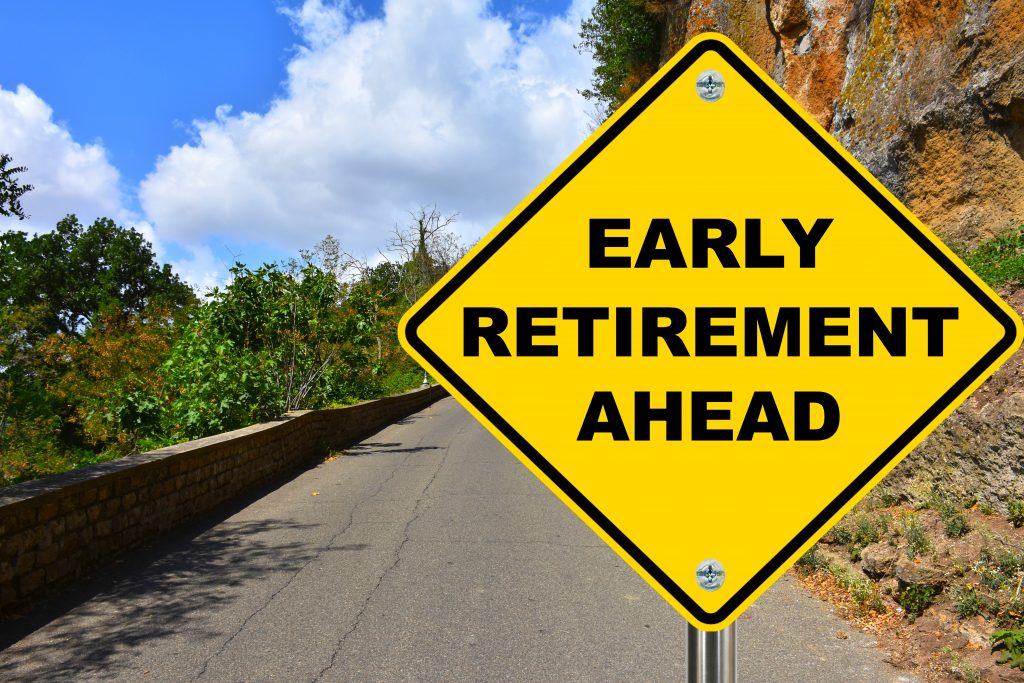Does this sound familiar – you open your latest portfolio statement. Most of your stocks are down; 10%, 20%, maybe more. Cue the seven stages of grief. Hope feels like a distant memory.
But here’s the reality: if you’re serious about investing in equities, this experience is par for the course.
Every stock has its winter, and even the strongest, most admired companies experience painful drawdowns.
A study by Hendrik Bessembinder of Arizona State University found that the average drawdown of the 100 most successful US stocks over the past 70 years was 32.5%.
Apple – a poster child of long-term success – has endured multiple 30%-plus drawdowns since it listed in 1980. During the dot-com crash, it fell over 80%. If you had sold at the bottom, you would’ve missed a nearly 200 000% return.
Amazon, Google, Microsoft, ExxonMobil, General Electric, and even Berkshire Hathaway have all weathered similar storms.
The lesson? Large drawdowns are not just common. They’re part of the journey.
That’s not to say every stock bounces back.
When to hold, when to fold
Some declines are terminal. The challenge lies in distinguishing between noise and fundamentals.
Personally, I start with a filter.
When my stocks fall, I ask myself: is this just market noise or is something profoundly changing in the company or industry?
If it’s just noise – a one-off data point or headline – I do nothing. As investing legend John Bogle said: “Don’t just do something, stand there!” Sometimes, the smartest move is to sit still.
But if it’s fundamental – like a structural change in global trade – I reassess.
Then I act.
Your greatest asset: Behaviour
What really determines your long-term investment success isn’t intelligence. It’s behaviour. Can you stay calm, rational, and patient during moments of chaos?
Often, we’re wired to do the opposite.
When stocks crash, our instinct is to run.
We tell ourselves we’ll come back when it feels safe again. But the market doesn’t send out invitations.
Consider this: in one recent week, the S&P 500 dropped 10% and then rebounded the same amount. The catch? The 10% rally happened in just 10 minutes. Miss that moment, and you miss the recovery.
The timing trap
Trying to time the market is, at best, extremely difficult. At worst? Financially devastating.
If you think you can get out before a dip and back in before a rally, you’re betting that you have the foresight of a clairvoyant – or a “well-connected” US senator.
For the rest of us, it’s better to have a plan and stick to it.
Build a plan before the punch
Your plan might centre on your risk appetite, liquidity needs, or simply how much volatility you can stomach.
Whatever the focus, have a plan. Write it down. Follow it.
Because when the market punches you in the face – and it will – a plan won’t stop the hit, but it will help you get back up.
As Charlie Munger, the late vice chair of Berkshire Hathaway, liked to say: “If you can’t stomach 50% declines in your investment, you will get the mediocre returns you deserve.” It might sound harsh, but it’s also true.
The bottom line
Drawdowns are going to occur, multiple times in fact. Learn to expect them, prepare for them, and stay focused on the long game. Because investors who can embrace discomfort are the ones most likely to reap the rewards.
Jonathan Wernick is a global equity analyst at Sasfin Wealth.
Brought to you by Sasfin Wealth.
Moneyweb does not endorse any product or service being advertised in sponsored articles on our platform.

 2 days ago
1
2 days ago
1























 English (US) ·
English (US) ·